�
INTRODUCTION TO GRAPH THEORY
INTRODUCTION TO GRAPH THEORY
Richard J. Trudeau
DOVER PUBLICATIONS, INC.
New York
�
Copyright © 1993 by Richard J. Trudeau.
Copyright © 1976 by the Kent State University Press.
All rights reserved.
Copyright
Bibliographical Note This Dover edition, first published in 1993, is a slightly corrected, enlarged
republication of the work first published by The Kent State University Press, Kent, Ohio, 1976. For this
edition the author has added a new section, “Solutions to Selected Exercises,” and corrected a few
typographical and graphical errors.
Library of Congress Cataloging-in-Publication Data Trudeau, Richard J.
Introduction to graph theory / Richard J. Trudeau.
p. cm.
Rev. ed. of: Dots and lines, 1976.
Includes bibliographical references and index.
ISBN-13: 978-0-486-67870-2
ISBN-10: 0-486-67870-9
1. Graph theory. I. Trudeau, Richard J. Dots and lines. II. Title.
QA166.T74 1993
511'.5—dc20
93-32996
CIP
Manufactured in the United States by Courier Corporation
67870908
www.doverpublications.com
�
To Dick Barbieri and Chet Raymo
�
TABLE OF CONTENTS
Preface
1. PURE MATHEMATICS
Introduction . . . Euclidean Geometry as Pure Mathematics . . . Games . . .
Why Study Pure Mathematics? . . . What’s Coming . . . Suggested Reading
2. GRAPHS
Introduction . . . Sets . . . Paradox . . . Graphs . . . Graph Diagrams . . .
Cautions . . . Common Graphs . . . Discovery . . . Complements and
Subgraphs . . . Isomorphism . . . Recognizing Isomorphic Graphs . . .
Semantics . . . The Number of Graphs Having a Given v . . . Exercises . . .
Suggested Reading
3. PLANAR GRAPHS
Introduction . . . UG, K5, and the Jordan Curve Theorem . . . Are There
More Nonplanar Graphs? . . . Expansions . . . Kuratowski’s Theorem . . .
Determining Whether a Graph is Planar or Nonplanar . . . Exercises . . .
Suggested Reading
4. EULER’S FORMULA
Introduction . . . Mathematical Induction . . . Proof of Euler’s Formula . . .
Some Consequences of Euler’s Formula . . . Algebraic Topology . . .
Exercises . . . Suggested Reading
5. PLATONIC GRAPHS
Introduction . . . Proof of the Theorem . . . History . . . Exercises . . .
Suggested Reading
6. COLORING
Chromatic Number . . . Coloring Planar Graphs . . . Proof of the Five Color
Theorem . . . Coloring Maps . . . Exercises . . . Suggested Reading
7. THE GENUS OF A GRAPH
�
Introduction . . . The Genus of a Graph . . . Euler’s Second Formula . . .
Some Consequences . . . Estimating the Genus of a Connected Graph . . . g-
Platonic Graphs . . . The Heawood Coloring Theorem . . . Exercises . . .
Suggested Reading
8. EULER WALKS AND HAMILTON WALKS
Introduction . . . Euler Walks . . . Hamilton Walks . . . Multigraphs . . . The
Königsberg Bridge Problem . . . Exercises . . . Suggested Reading
Afterword
Solutions to Selected Exercises
Index
Special symbols
�
PREFACE
This book is about pure mathematics in general, and the theory of graphs in
particular. (“Graphs” are networks of dots and lines;* they have nothing to do
with “graphs of equations.”) I have interwoven the two topics, the idea being
that the graph theory will illustrate what I have to say about the nature and spirit
of pure mathematics, and at the same time the running commentary about pure
mathematics will clarify what we do in graph theory.
I have three types of reader in mind.
First, and closest to my heart, the mathematically traumatized. If you are such
a person, if you had or are having a rough time with mathematics in school, if
you feel mathematically stupid but wish you didn’t, if you feel there must be
something to mathematics if only you knew what it was, then there’s a good
chance you’ll find this book helpful. It presents mathematics under a different
aspect. For one thing, it deals with pure mathematics, whereas school
mathematics (geometry excepted) is mostly applied mathematics. For another, it
is a more qualitative than quantitative study, so there are few calculations.
Second, the mathematical hobbyist. I think graph theory makes for marvelous
recreational mathematics; it is intuitively accessible and rich in unsolved
problems.
Third, the serious student of mathematics. Graph theory is the oldest and most
geometric branch of topology, making it a natural supplement to either a
geometry or topology course. And due to its wide applicability, it is currently
quite fashionable.
The book uses some algebra. If you’ve had a year or so of high school algebra
that should be enough. Remembering specifics is not so important as having a
general familiarity with equations and inequalities. Also, the discussion in
Chapter 1 presupposes some experience with plane geometry. Again no specific
knowledge is required, just a feeling for how the game is played.
�
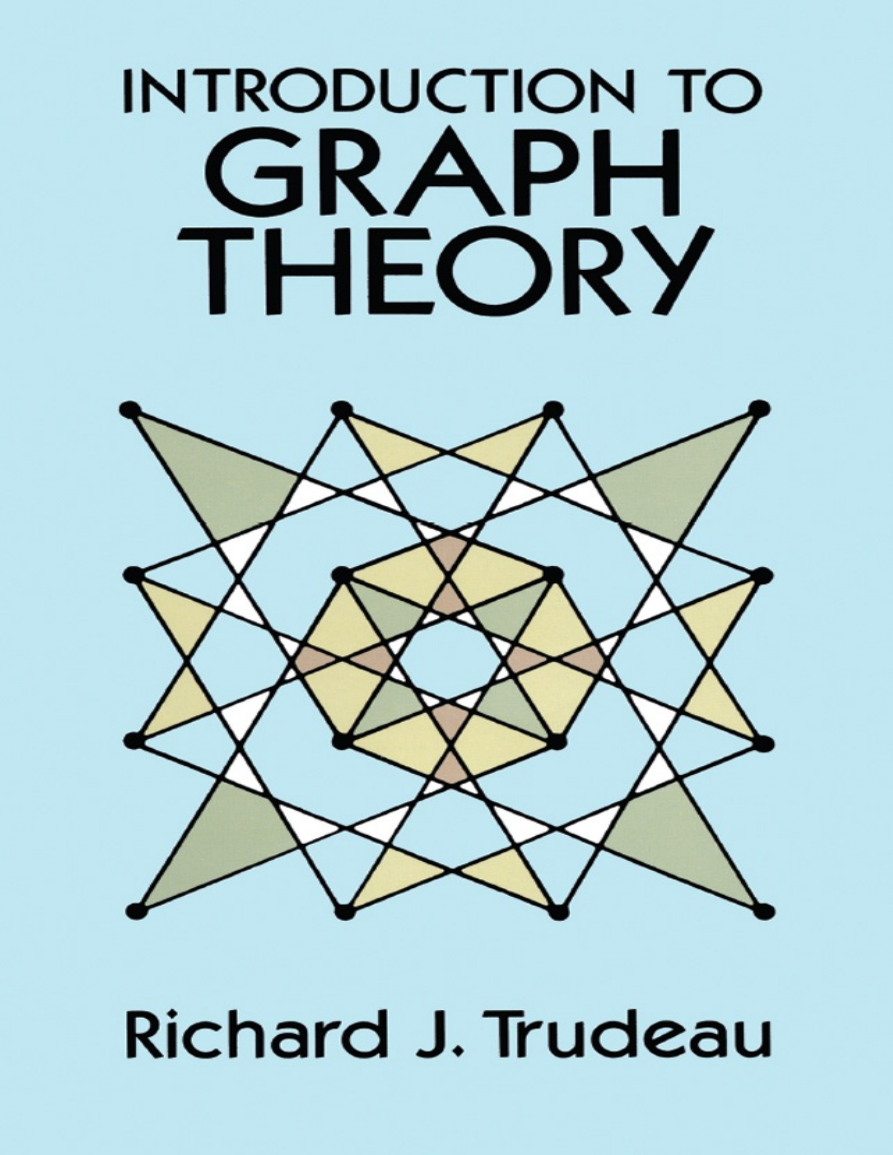
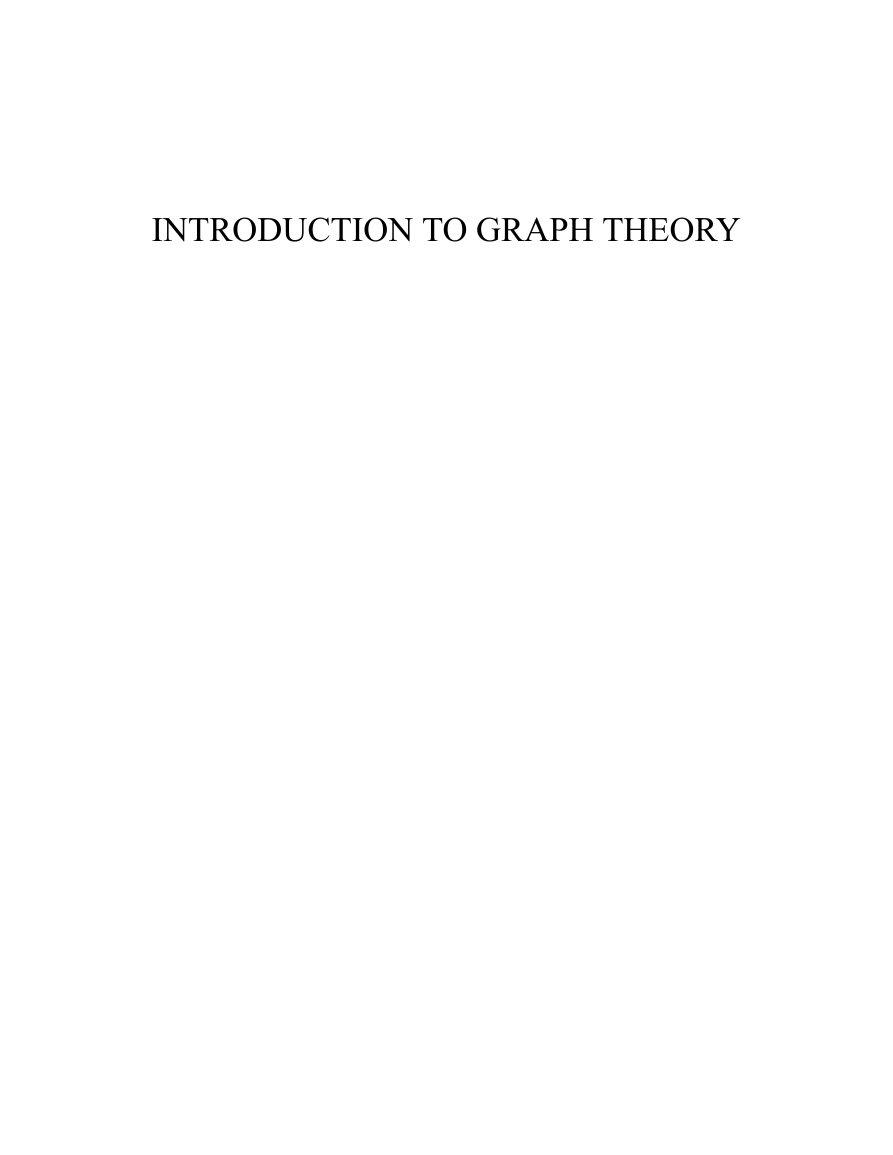
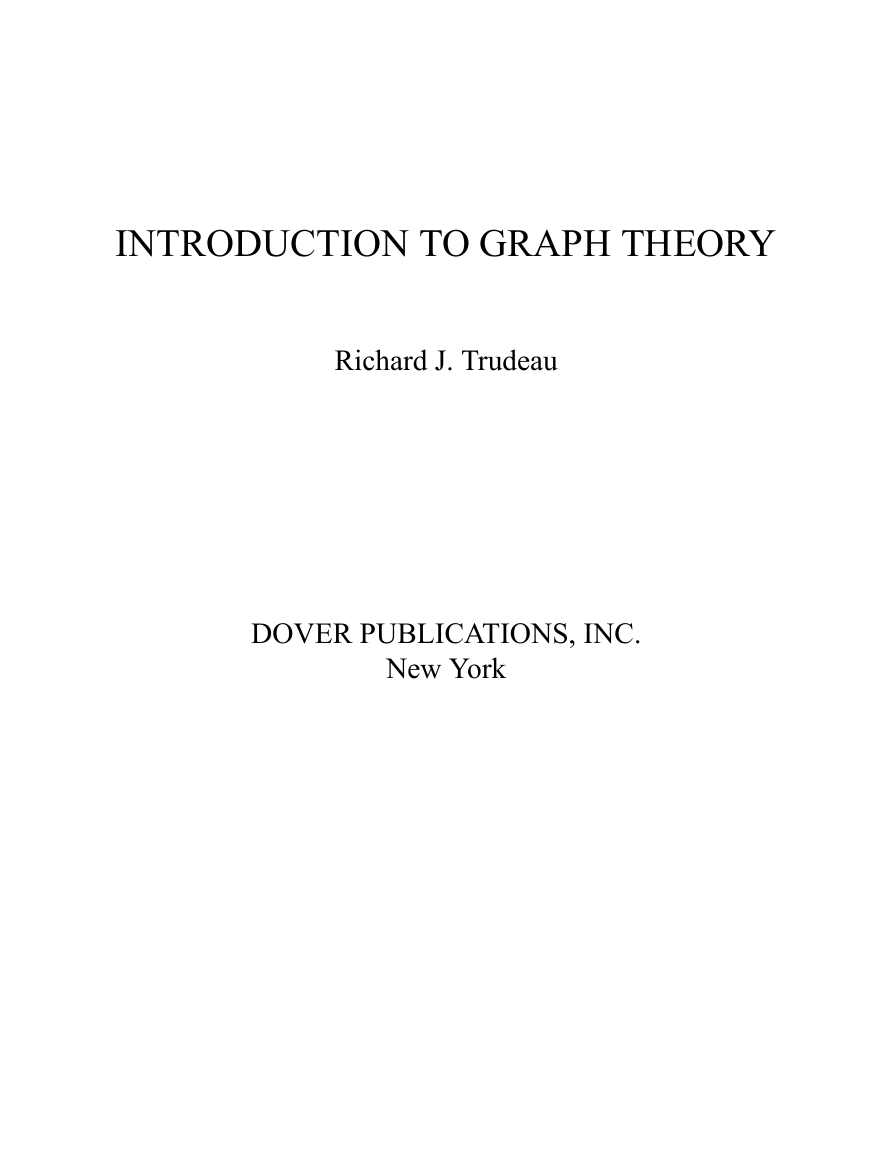
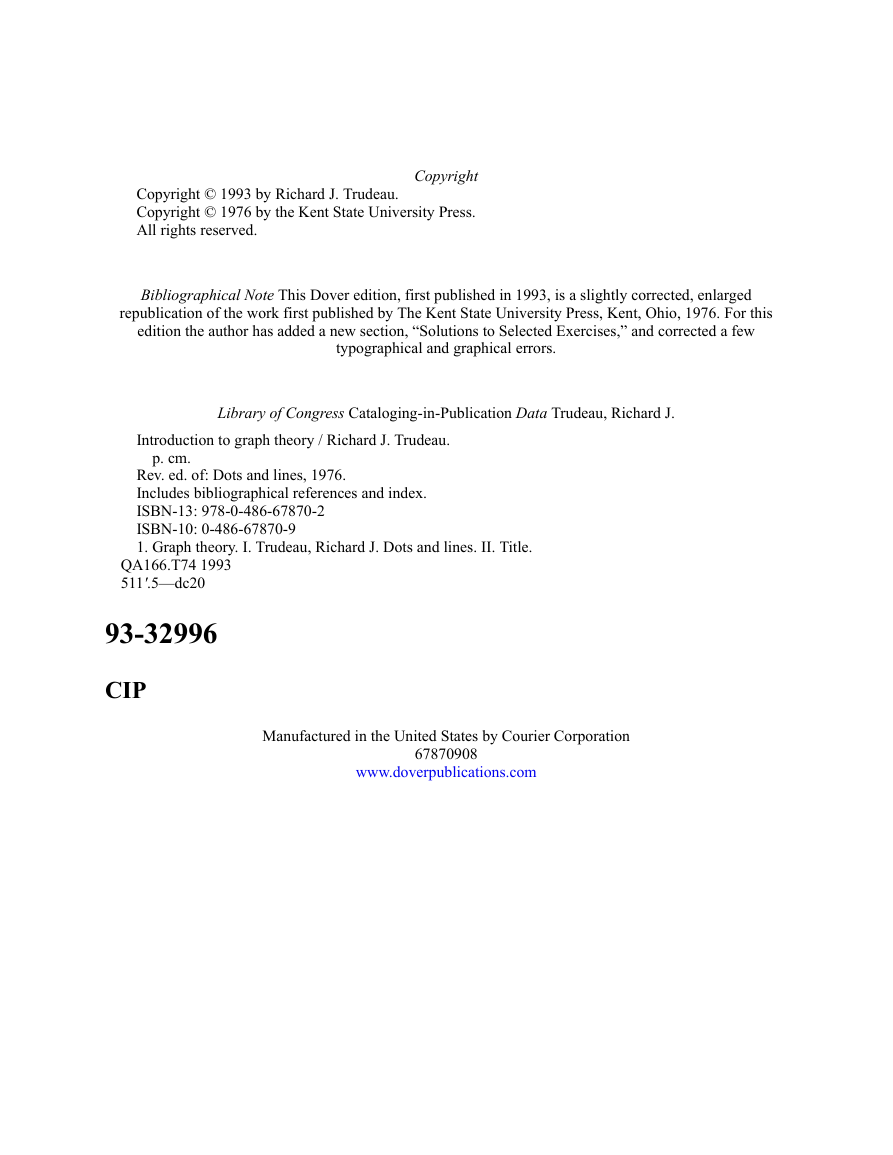
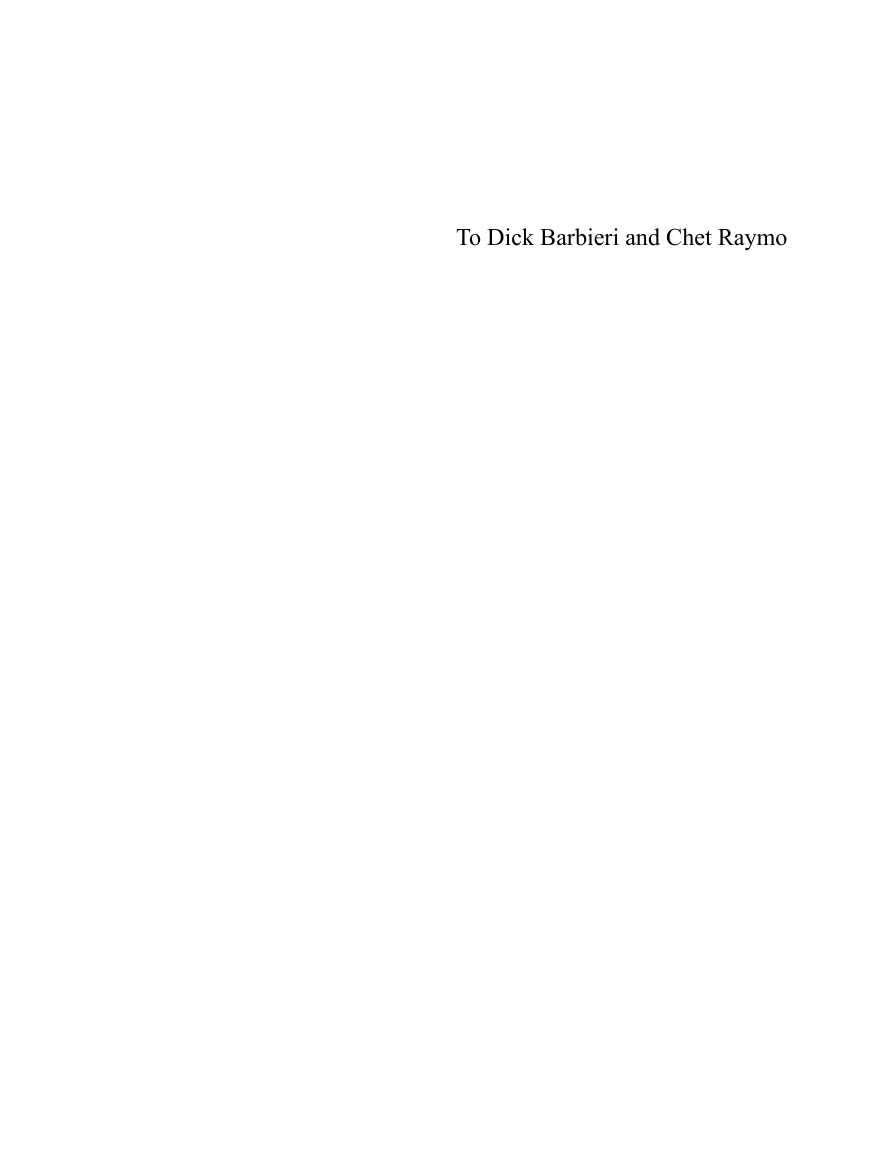
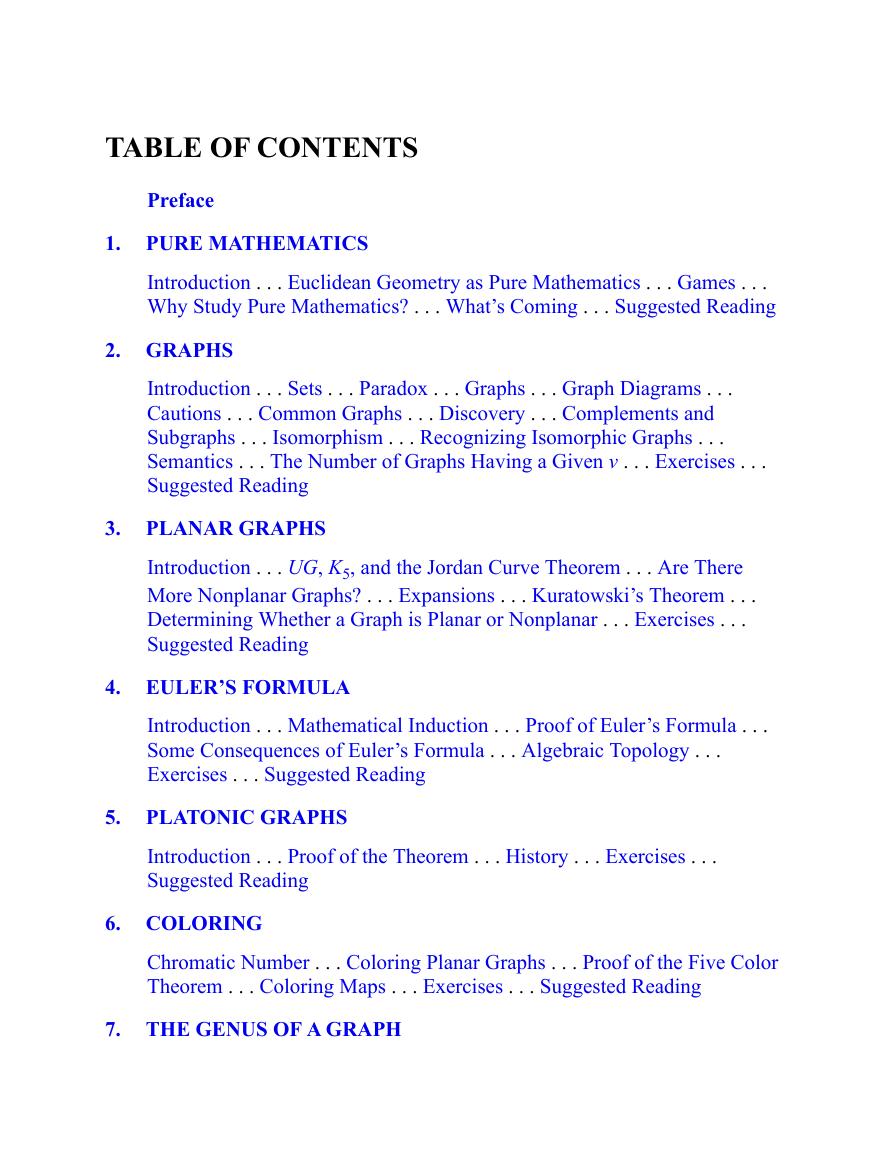
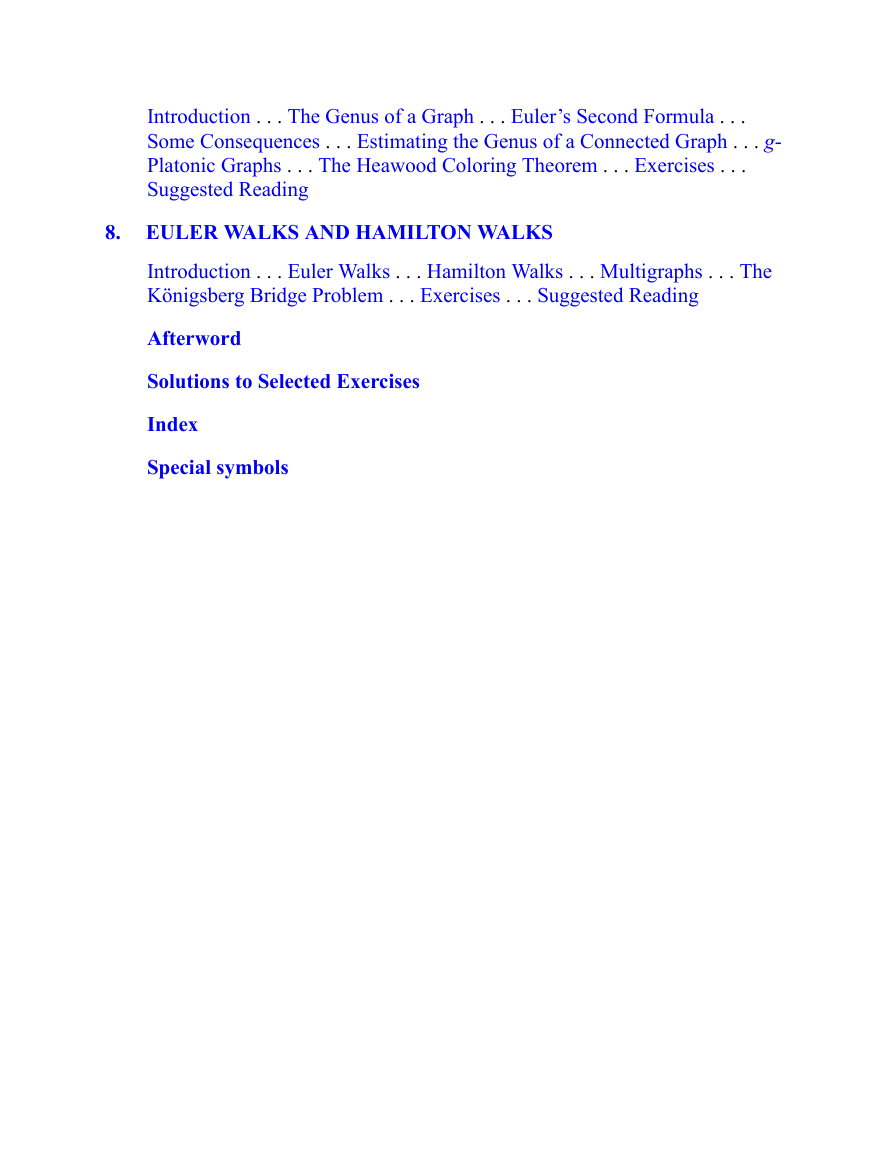
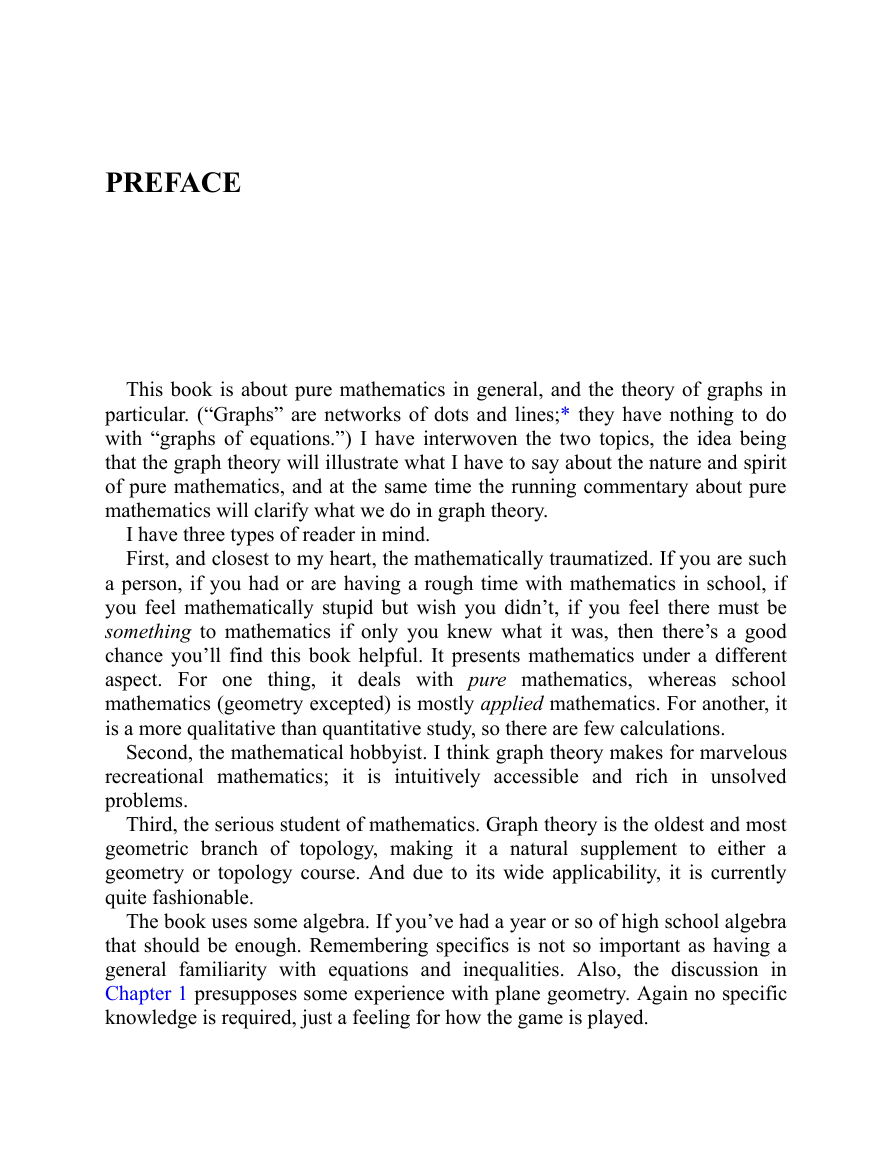








 2023年江西萍乡中考道德与法治真题及答案.doc
2023年江西萍乡中考道德与法治真题及答案.doc 2012年重庆南川中考生物真题及答案.doc
2012年重庆南川中考生物真题及答案.doc 2013年江西师范大学地理学综合及文艺理论基础考研真题.doc
2013年江西师范大学地理学综合及文艺理论基础考研真题.doc 2020年四川甘孜小升初语文真题及答案I卷.doc
2020年四川甘孜小升初语文真题及答案I卷.doc 2020年注册岩土工程师专业基础考试真题及答案.doc
2020年注册岩土工程师专业基础考试真题及答案.doc 2023-2024学年福建省厦门市九年级上学期数学月考试题及答案.doc
2023-2024学年福建省厦门市九年级上学期数学月考试题及答案.doc 2021-2022学年辽宁省沈阳市大东区九年级上学期语文期末试题及答案.doc
2021-2022学年辽宁省沈阳市大东区九年级上学期语文期末试题及答案.doc 2022-2023学年北京东城区初三第一学期物理期末试卷及答案.doc
2022-2023学年北京东城区初三第一学期物理期末试卷及答案.doc 2018上半年江西教师资格初中地理学科知识与教学能力真题及答案.doc
2018上半年江西教师资格初中地理学科知识与教学能力真题及答案.doc 2012年河北国家公务员申论考试真题及答案-省级.doc
2012年河北国家公务员申论考试真题及答案-省级.doc 2020-2021学年江苏省扬州市江都区邵樊片九年级上学期数学第一次质量检测试题及答案.doc
2020-2021学年江苏省扬州市江都区邵樊片九年级上学期数学第一次质量检测试题及答案.doc 2022下半年黑龙江教师资格证中学综合素质真题及答案.doc
2022下半年黑龙江教师资格证中学综合素质真题及答案.doc